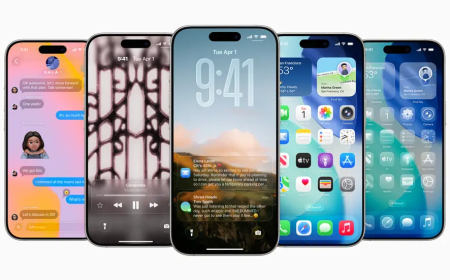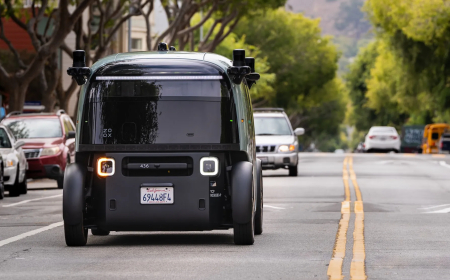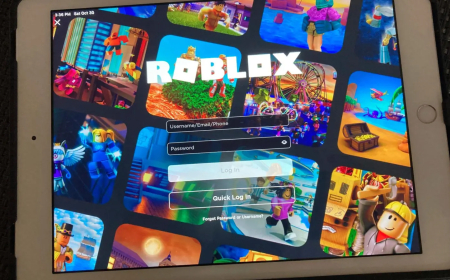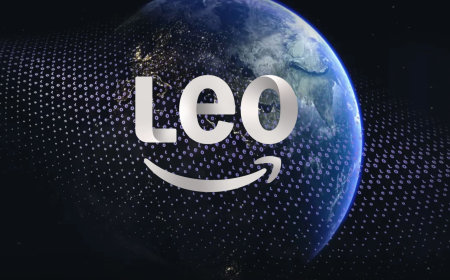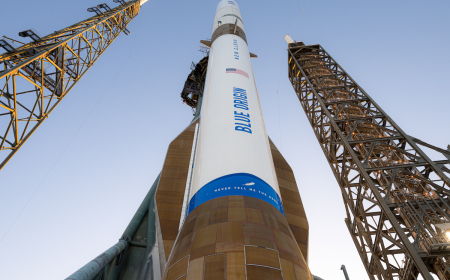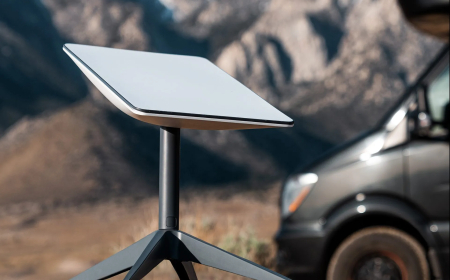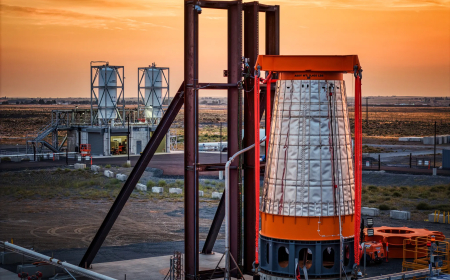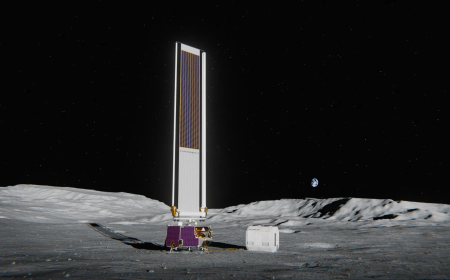Honda and Astrobotic team up to keep the lights on through the long lunar night
Honda and Astrobotic are partnering to power the Moon’s long nights using regenerative fuel cells and solar arrays, aiming for continuous energy on the lunar surface.
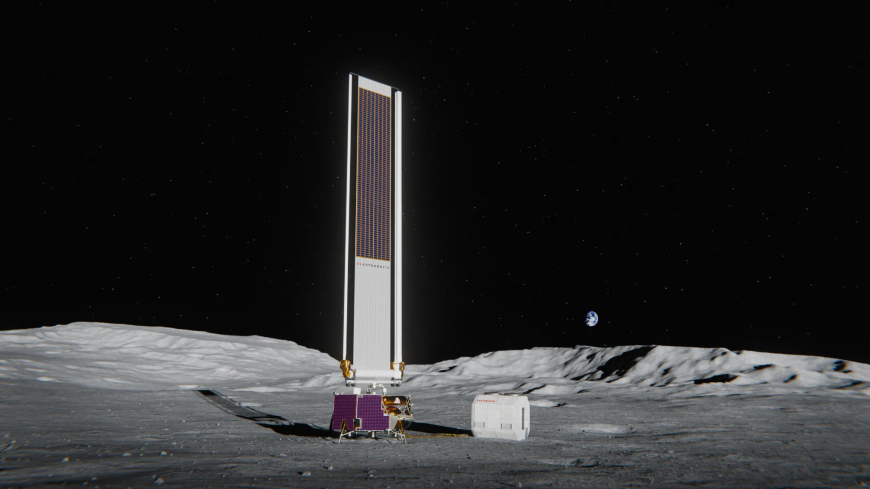
Honda and lunar exploration startup Astrobotic are collaborating to explore how a regenerative fuel cell system (RFC) can provide continuous power during the Moon's long, freezing nights.
The companies announced on Monday that they will study the integration of Honda's regenerative fuel cell into Astrobotic's LunaGrid — a scalable, solar-based lunar power system. The partnership will include illumination studies at potential lunar south pole landing sites, as well as evaluations of system scalability, hardware and software integration.
Tackling the Challenge of the Lunar Night
A key obstacle in lunar exploration is surviving the two-week-long lunar night, when temperatures can plunge to -424°F (-253°C) and solar panels become inactive.
Honda's regenerative fuel cell is designed to solve this problem by storing solar energy as hydrogen during the lunar day and converting it back into electricity at night, producing water as the only byproduct.
That water is then recycled through a high-pressure electrolysis process to generate more hydrogen, creating what Honda describes as a closed-loop energy cycle—a self-sustaining power system capable of withstanding extreme lunar conditions.
A Lunar Grid for Continuous Power
Astrobotic's Vertical Solar Array Technology (VSAT) is engineered to track sunlight efficiently, with a planned capacity of up to 10 kilowatts. The company is also developing an XL version capable of generating up to five times more power.
In this collaboration, the VSAT system would collect sunlight during the lunar day to power Honda's water electrolysis process, while the RFC would then convert the stored hydrogen back into electricity during the night — effectively keeping the lunar lights on.
The goal, both companies stated, is to achieve continuous and reliable energy generation on the Moon's surface — a key requirement for future human settlements and scientific operations.
Expanding Frontiers for Honda and Astrobotic
Founded in 2007 and headquartered in Pittsburgh, Astrobotic is best known for its Peregrine lunar lander, which launched earlier this year but failed to complete its mission. The company continues to develop power, mobility, and logistics systems to support a long-term lunar economy.
For Honda, the collaboration marks a significant milestone in its entry into advanced technology. The automaker has decades of experience developing fuel cell systems for terrestrial use, but this represents its first public project applying that technology beyond Earth's atmosphere.
The partnership also reflects Japan's growing role in space exploration. Japan is a founding member of the Artemis Accords, an international framework that guides peaceful cooperation in lunar exploration. Japanese astronauts also regularly participate in research aboard the International Space Station (ISS).
Powering the Artemis Era
The lunar south pole has become a focal point for NASA's Artemis program due to its near-continuous sunlight and potential reserves of water ice, which could be utilised to produce fuel or sustain life.
Power systems like Astrobotic's LunaGrid, enhanced by Honda's regenerative fuel cell, could play a pivotal role in establishing a sustainable human presence on the Moon — turning today's experimental missions into the foundation for tomorrow's lunar settlements.
What's Your Reaction?
 Like
0
Like
0
 Dislike
0
Dislike
0
 Love
0
Love
0
 Funny
0
Funny
0
 Angry
0
Angry
0
 Sad
0
Sad
0
 Wow
0
Wow
0







